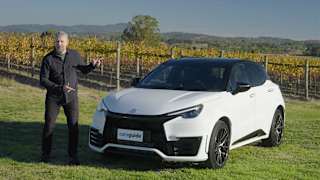2003 Honda Civic Reviews
You'll find all our 2003 Honda Civic reviews right here. 2003 Honda Civic prices range from $24,950 for the Civic Gli to $27,950 for the Civic Vi.
Our reviews offer detailed analysis of the 's features, design, practicality, fuel consumption, engine and transmission, safety, ownership and what it's like to drive.
The most recent reviews sit up the top of the page, but if you're looking for an older model year or shopping for a used car, scroll down to find Honda dating back as far as 1973.
Or, if you just want to read the latest news about the Honda Civic, you'll find it all here.








